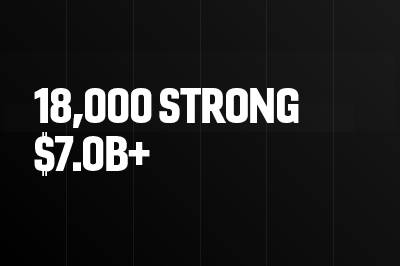Peraton strives to manage climate-related risks associated with greenhouse gases and to reduce our carbon-footprint and promote transparency.
Our 2023 greenhouse gas emission levels now serve as a baseline for our continual efforts towards a sustainable future. Peraton seeks to strategize decarbonization pathways and explore sustainable solutions that lower our greenhouse gas emissions to combat the negative impacts of climate change. As an industry leader, we take responsibility for our carbon footprint and are taking initiatives to reduce our building location count and change our data collection method from a scientific -based estimation approach to a data-driven usage approach.
Peraton and its subsidiaries recognize the greenhouse gas inventory as a quantifiable method of analyzing carbon emissions. In our sustained approach to track and reduce carbon emissions, we utilize a fully integrated management framework, including support organizations and business systems, to accomplish our continuing efforts and actions across the company.
“Operational Control” Approach
Peraton implements the “Operational Control” approach to develop an inventory of greenhouse gas emissions. This approach includes energy consumption categories specific to Scope 1 (natural gas and other fuels) and Scope 2 (location-based and market-based electricity) for which Peraton has operational control. Activities outside of Peraton’s operational control are included in the categories associated with Scope 3 (purchased goods and services, etc.).
Real Estate Occupied by Peraton
Scope 1 and Scope 2 emissions originate from real estate occupied by Peraton. Within its real estate portfolio, Peraton subleases parts of facilities or entire facilities. These subleased locations are not included in Scope 1 or 2.





